Is Your Car Model Driving Up Your Insurance Premium?
Car insurance rates vary by make and model. Find out if your car is raising or lowering your premium.


If you're in the market to buy a car, you might want to doublecheck the make and model you’re considering before you sign the paperwork. If you don’t, your car insurance premium could suffer.
Average car insurance rates have been rising across the board. According to Bankrate, the cost of car insurance is up nearly 12% in 2025, averaging $2,671 per year for full coverage — or $806 per year for minimum coverage — as of October. But some makes and models are more expensive to insure than others.
If you're trying to save money on a new car this year, choose one of the cheapest cars to insure — or at least avoid the makes and models with the highest car insurance rates. If you want a more precise estimate of how much it might cost to insure your dream car, use the car insurance tool below, powered by Bankrate, to compare quotes:
From just $107.88 $24.99 for Kiplinger Personal Finance
Become a smarter, better informed investor. Subscribe from just $107.88 $24.99, plus get up to 4 Special Issues

Sign up for Kiplinger’s Free Newsletters
Profit and prosper with the best of expert advice on investing, taxes, retirement, personal finance and more - straight to your e-mail.
Profit and prosper with the best of expert advice - straight to your e-mail.
The Five Cheapest Cars to Insure
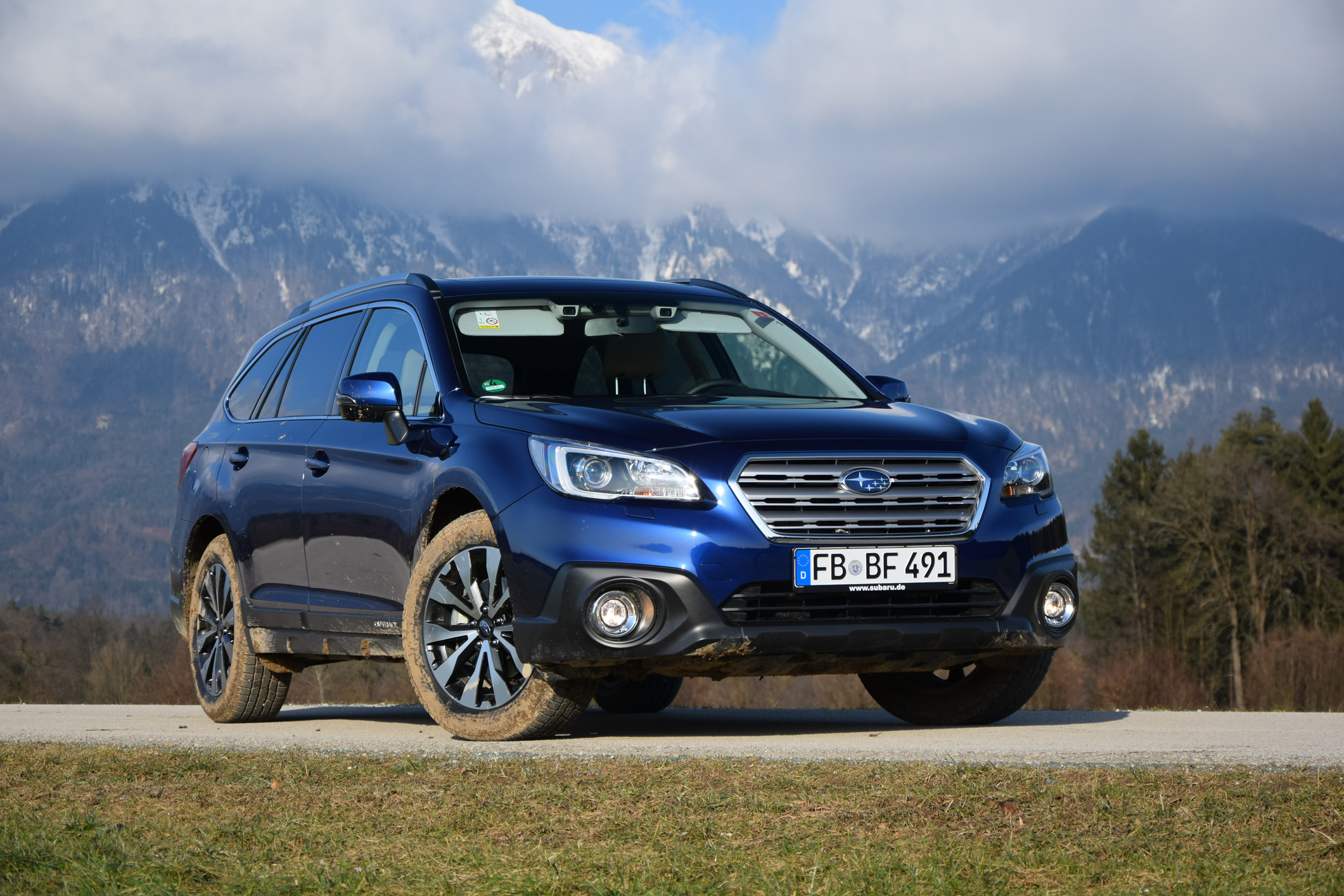
These are the five models with the lowest average car insurance rates in 2025, according to Bankrate:
| Row 0 - Cell 0 | Average Annual Premium for Full Coverage |
Subaru Outback | $2,223 |
Honda CR-V | $2,251 |
Jeep Wrangler | $2,371 |
Toyota Tacoma | $2,374 |
Toyota RAV4 | $2,391 |
Typically, any Subaru model will be among the cheapest cars to insure, because Subarus regularly earn some of the highest safety ratings. Models such as the Outback or Forealso ter are also usually cheaper to repair.
Hondas and Toyotas tend to hover at the lower end of the premium spectrum. Both makes are often cheaper to repair compared to others.
Ford and Chevrolet models often see car insurance premiums right around the national average.
The Five Most Expensive Cars to Insure
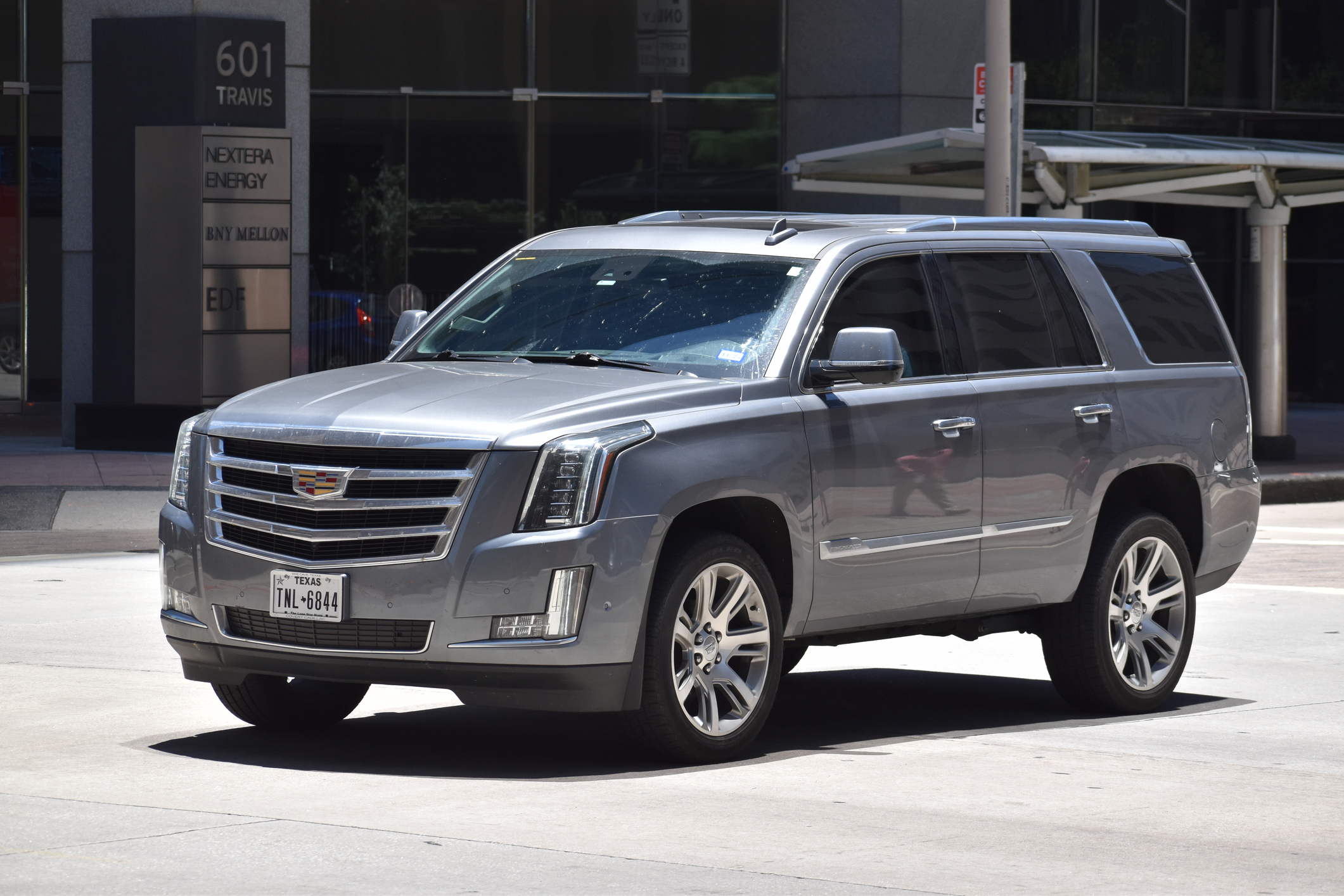
Here are the five models that carry the highest average car insurance rates, according to Bankrate:
| Row 0 - Cell 0 | Average Annual Premium for Full Coverage |
Audi R8 Quattro Performance | $6,656 |
Tesla Model X | $5,568 |
Tesla Model S Plaid | $5,522 |
Dodge Charger | $4,929 |
Lexus RC F | $4,584 |
The common themes among the most expensive cars to insure are high-end trim levels, luxury models or cars with expensive specialty parts. Even when you remove premium models and trims such as those listed above from the running, the list of most expensive cars still features many of the same makes.
For example, even the standard Tesla Model 3 costs $3,531 per year to insure, on average. That's more than 32% higher than the $2,671 national average. Standard Audis will also often come with an above average insurance premium.
LiMu Emu & Doug™ are on a mission to customize your insurance so you only pay for what you need. It only takes minutes to see how much you could save.
*Based on Liberty Mutual Online Mystery Shopper Survey, December 2021
Other ways your car impacts your car insurance rates
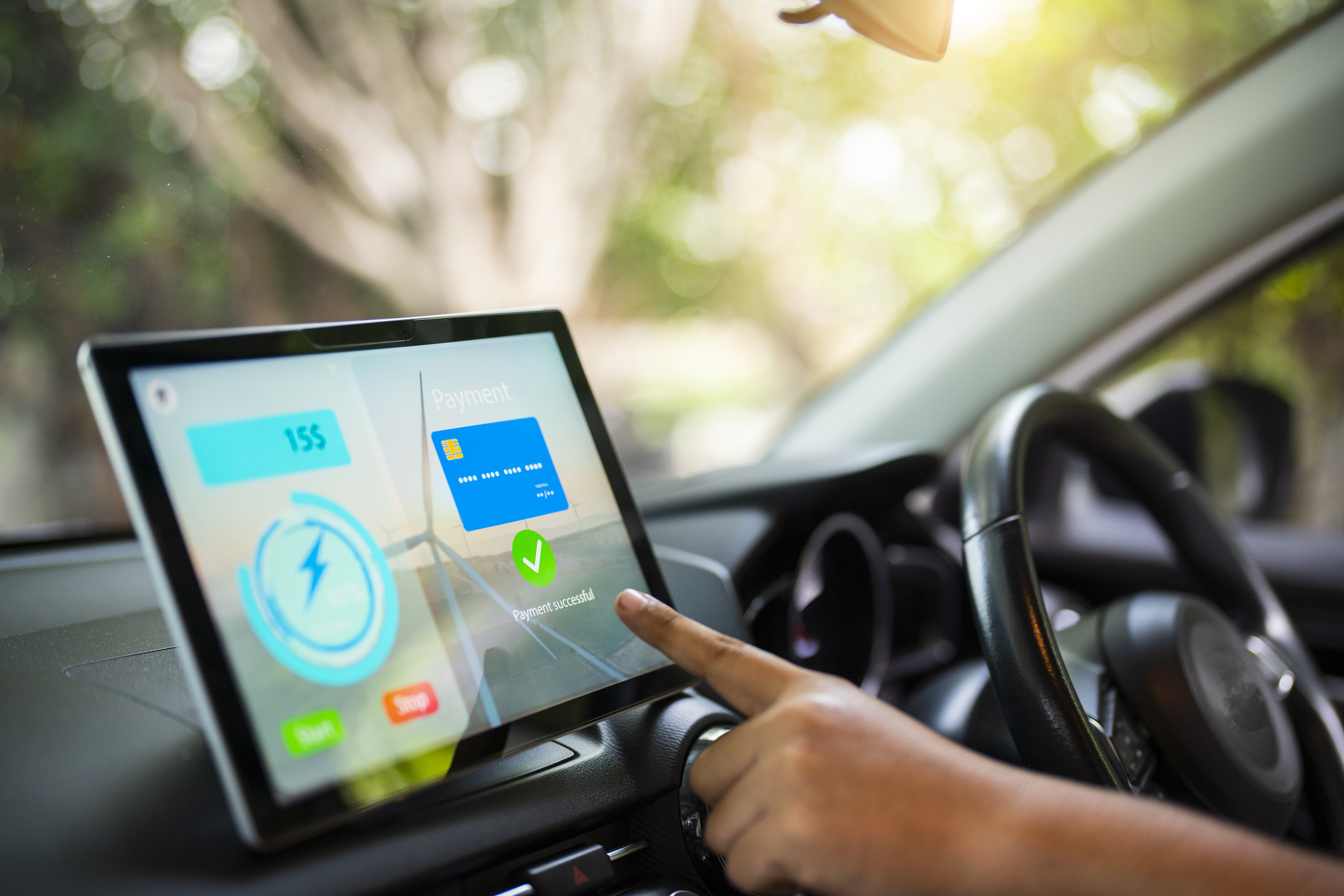
The make and model influence your premium, but that’s not the only way the car you drive can change the insurance rate you pay.
Other factors about your car that insurance companies often use to determine your rate include:
- Vehicle age: The older your car is, the more its value has depreciated. Since the maximum an insurer will pay out for a car is its current market value, your premiums tend to go down along with your car’s value, one more reason to buy a certified pre-owned car. You’ll pay less on the car itself, and buying something that’s already a couple of years old could help push your premium down.
- Body style and trim: If your car is a coupe or convertible, expect to pay a little more for insurance. The same goes for sport or luxury trims. The cheapest style and trim to insure? SUVs and trucks with standard trim. This mostly comes down to the car’s value and the cost to repair it. Lower-cost cars that are cheaper to repair are also cheaper to insure.
- Technology and features: The advanced features showing up on newer cars are impressive, but they also tend to be more complex and made up of expensive-to-replace components. A backup camera alone isn’t going to make or break your insurance budget, but it’s worth thinking about any upgrades you’re considering in a new car. Is that advanced feature worth paying a little extra on your insurance each month? If it’s a safety feature, probably. If it’s heated seats and you live in Florida, maybe not.
- Safety rating: Every year, most vehicles are given a safety rating by organizations such as the National Highway Traffic Safety Administration (NHTSA). The NHTSA rating system is a 5-star system, in which more stars mean a safer car. Cars with a higher safety rating have a lower risk of injuring the driver and other occupants, which can translate to a lower insurance rate. You can look up the NHTSA rating of your car to see how many stars it’s earned.
Bottom line
If you’re in the market for a new car this year, make sure to factor in the average cost of insuring the make and model you want to buy.
If your dream car is among the most expensive to insure, consider buying a certified pre-owned vehicle, as older cars tend to cost less to insure.
If that’s not an option, you might need to look for other ways to save on car insurance if you’re trying to keep costs down.
Related content
Profit and prosper with the best of Kiplinger's advice on investing, taxes, retirement, personal finance and much more. Delivered daily. Enter your email in the box and click Sign Me Up.
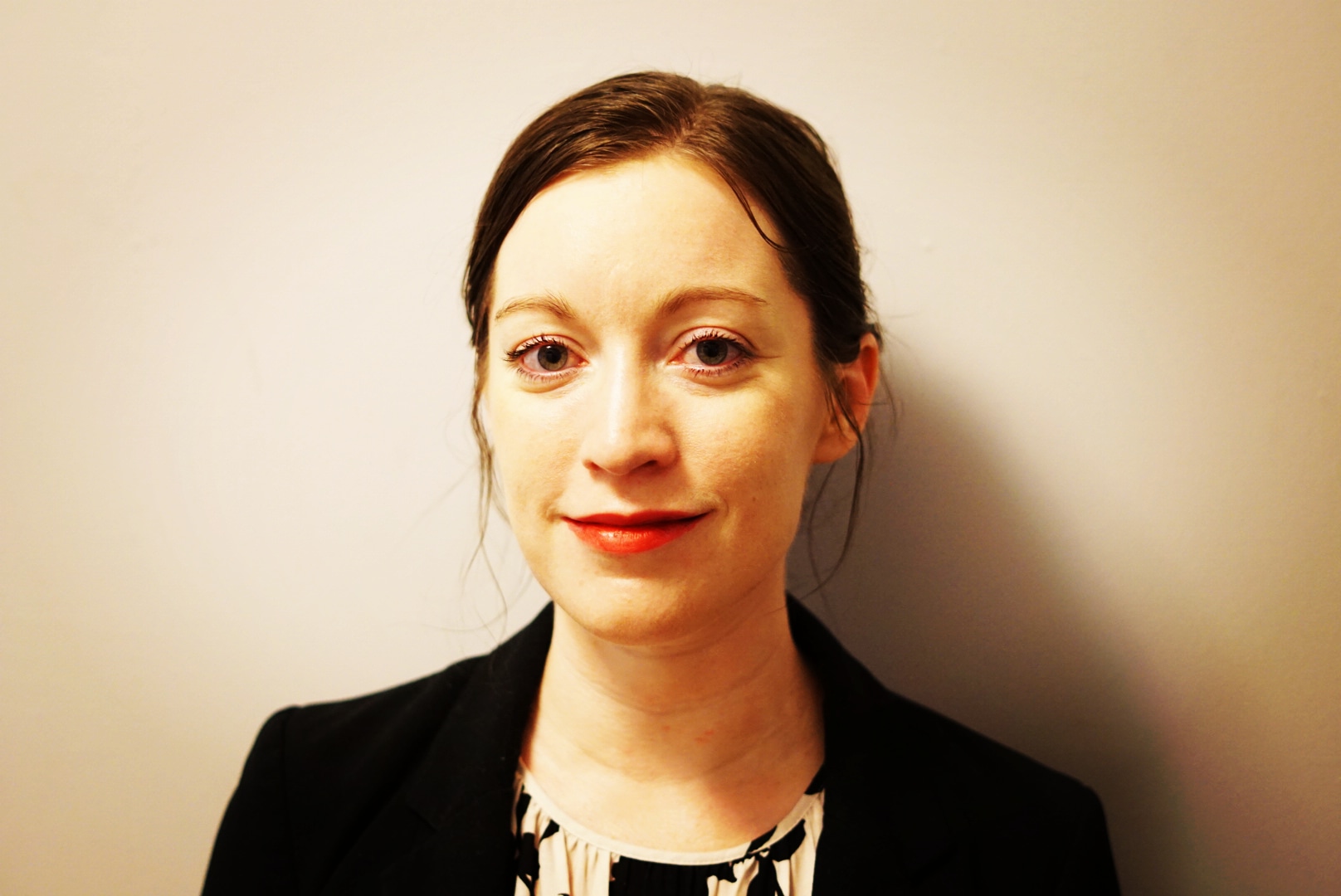
Rachael Green is a personal finance eCommerce writer specializing in insurance, travel, and credit cards. Before joining Kiplinger in 2025, she wrote blogs and whitepapers for financial advisors and reported on everything from the latest business news and investing trends to the best shopping deals. Her bylines have appeared in Benzinga, CBS News, Travel + Leisure, Bustle, and numerous other publications. A former digital nomad, Rachael lived in Lund, Vienna, and New York before settling down in Atlanta. She’s eager to share her tips for finding the best travel deals and navigating the logistics of managing money while living abroad. When she’s not researching the latest insurance trends or sharing the best credit card reward hacks, Rachael can be found traveling or working in her garden.
-
 4 Great Tools to DIY Your Own Financial Plan
4 Great Tools to DIY Your Own Financial PlanSmart Savings Several tools picked out by Kiplinger that DIYers can use to make their own financial plan.
-
 The 7-Month Deadline That Sets Your Lifetime Medicare Premiums
The 7-Month Deadline That Sets Your Lifetime Medicare PremiumsUnderstanding Medicare enrollment is crucial, as missing deadlines can lead to permanent late enrollment penalties and gaps in coverage.
-
 Retirees Living in Portugal: You Need a Post-NHR Tax Strategy
Retirees Living in Portugal: You Need a Post-NHR Tax StrategyWhen your 10-year Non-Habitual Resident tax break ends, you could see your tax rate soar. Take steps to plan for this change well before the NHR window closes.
-
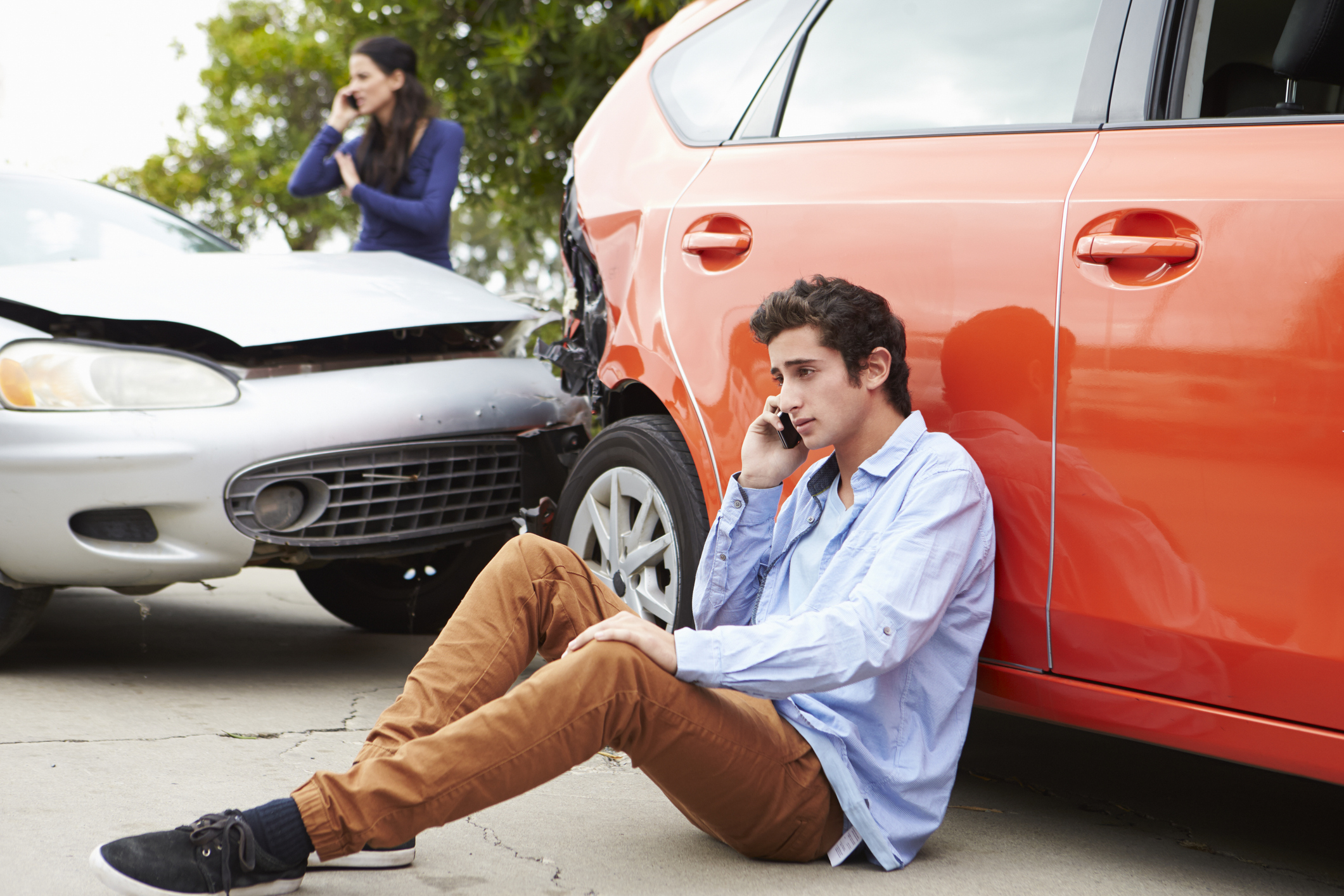 My Teen Crashed His Car, and Now Our Insurance Has Tripled. What Now?
My Teen Crashed His Car, and Now Our Insurance Has Tripled. What Now?Dealing with the costly aftermath of a teen car accident is stressful. Here are your options for navigating it.
-
 Your End of Year Insurance Coverage Review Checklist
Your End of Year Insurance Coverage Review ChecklistStop paying for insurance you don't need and close coverage gaps you didn't know about with this year-end insurance review.
-
 Snowbirds: Avoid These 3 Sneaky Insurance Issues
Snowbirds: Avoid These 3 Sneaky Insurance IssuesBefore snowbirds depart for their winter retreat, they should check their insurance coverage for surprises that might arise, or else be on the hook for repairs.
-
 10 Things You Should Know About Buying a Car Today, Even if You've Bought Before
10 Things You Should Know About Buying a Car Today, Even if You've Bought BeforeIf buying a car is on your to-do list, and it's been a while since you went shopping for a new one, this guide will help avoid any nasty shocks in the showroom.
-
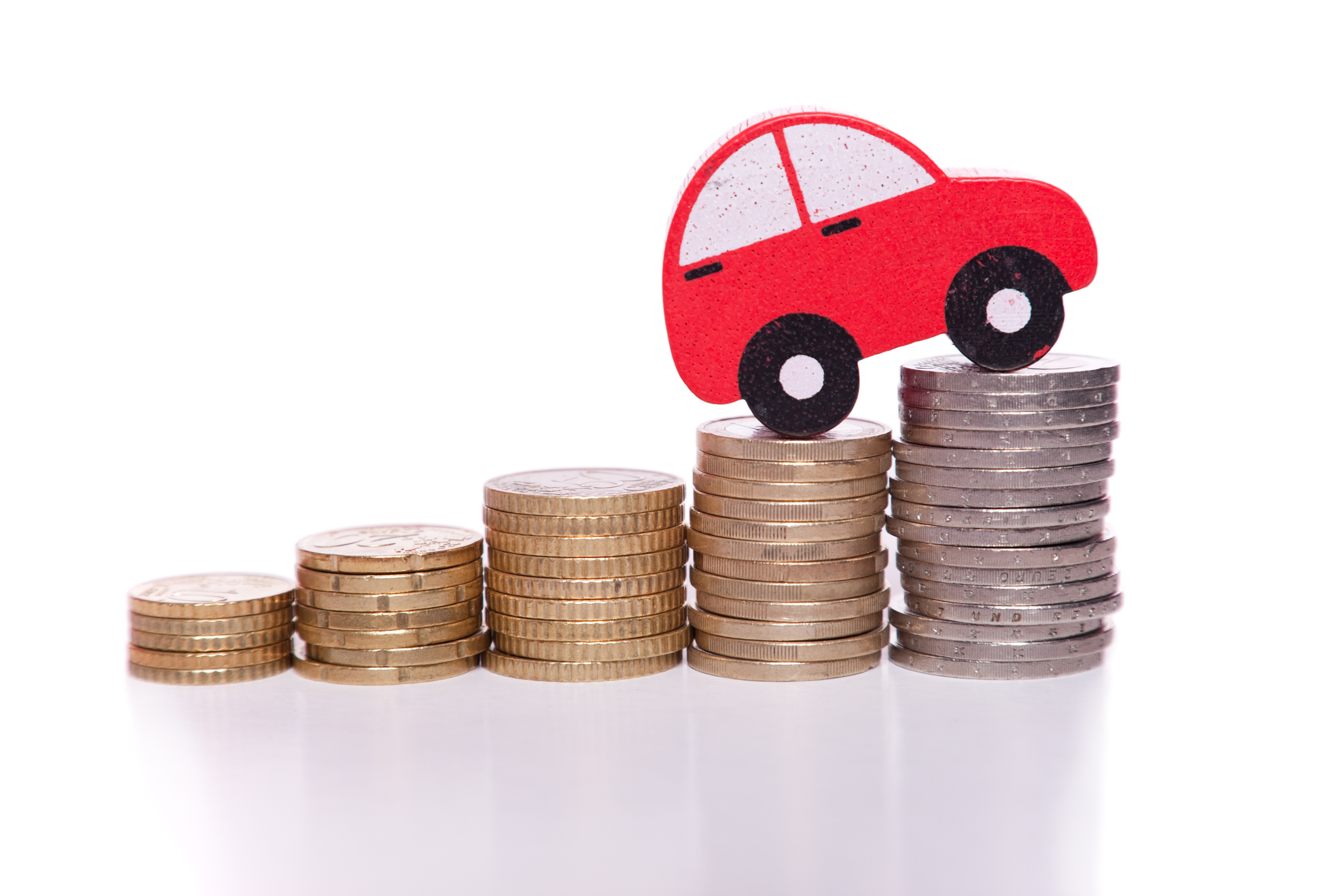 Loyalty Doesn’t Pay: Why Your Car Insurance Keeps Going Up
Loyalty Doesn’t Pay: Why Your Car Insurance Keeps Going UpYou’ve been a good customer, now your premium is creeping up. Here’s why loyalty might be costing you on car insurance.
-
 Protect Your Family From Costly Festive Fails With These Holiday Tips
Protect Your Family From Costly Festive Fails With These Holiday TipsHaving people over this holiday season? Before opening the door to guests, here are some perils to prepare for in advance.
-
 When an Extended Car Warranty is Worth It — and When it's Not
When an Extended Car Warranty is Worth It — and When it's NotGot the "we're trying to reach you about your car's extended warranty" call? Here's what you need to know before buying.
-
 Does My Car Insurance Cover Rental Cars?
Does My Car Insurance Cover Rental Cars?Is it safe to decline the extra coverage car rental companies offer you when booking? Here's what you need to know.
